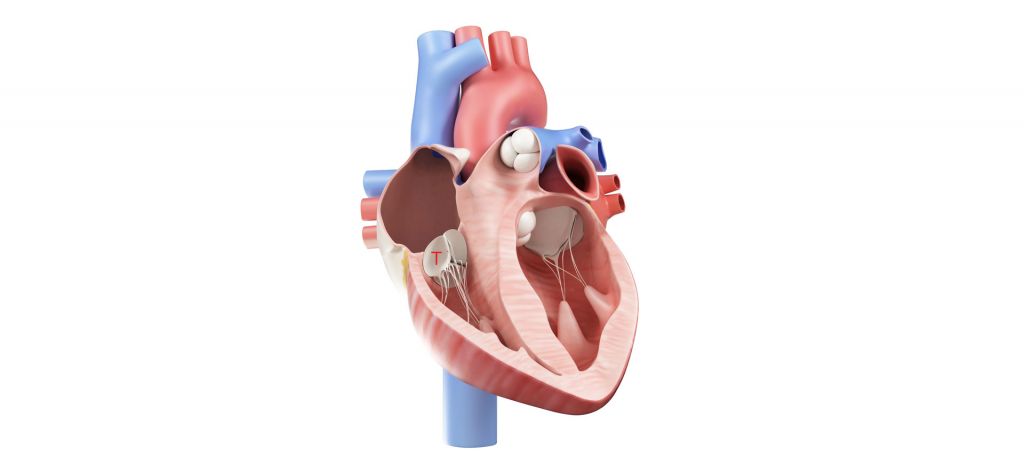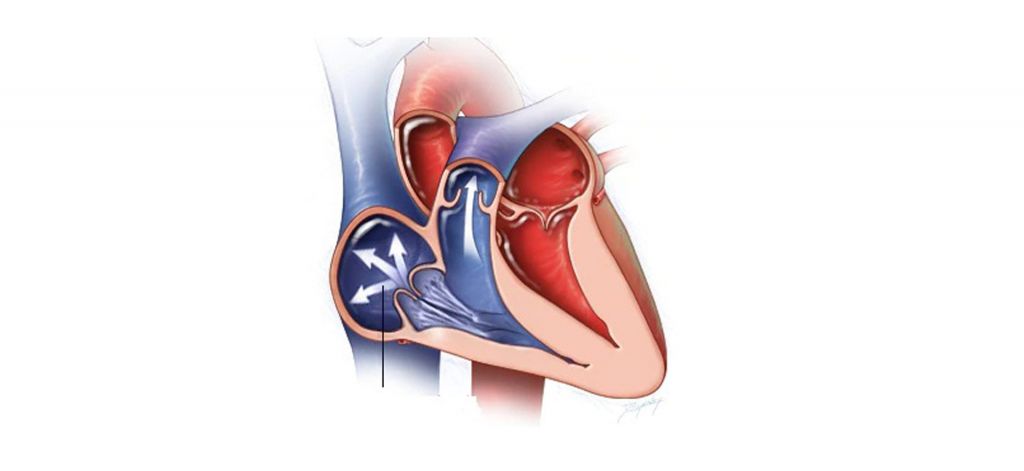DIAGNOSES-OPERATIONS
TRICUSPID VALVE REGURGITATION
The revolution in heart valve operations has come from the advent of the Heart Team, a group of specialized physicians dealing with all aspects of the heart – cardiac surgeons, interventional cardiologists, echocardiographers, cardiac anesthesiologists, vascular surgeons and cardiac radiologists. This team analyzes all of the patients data and recommends a solution that is customized for the specific patient. The heart team at HYGEIA Hospital is one of the few teams worldwide that performs operations that are cutting-edge, oftentimes with technology that is not available to all physicians (in the setting of a clinical trial). This gives us the opportunity to provide solutions for patients who have been told that they are inoperable.
Of paramount importance is the unique Hybrid Operating Room at HYGEIA Hospital which is the first in Greece. The Hybrid Operating Room is an operating room of the highest technological specifications which is modified to be able to carry out both classic “open” operations as well as endovascular and transcatheter operations which are performed with a simple needlestick and without any incisions.
Dr. Pattakos is the co-organizer of the well-known conference “Transcatheter Heart Valves Greece” which is attended by international experts in cardiology and cardiac surgery to discuss the latest developments regarding heart valves. For further information please visit www.thvgreece.com
VALVE REPAIR OR VALVE REPLACEMENT?
Heart valve operations are divided into those which repair the valve and those which replace the valve if it cannot be repaired. The anatomic characteristics of each valve help the surgeon decide which of the two choices is best for each patient.
SELECTION OF MECHANICAL OR BIOLOGICAL VALVE
For patients who require a valve replacement there is a choice to be made about whether to receive a mechanical (also known as metallic) valve or a biological valve.
A mechanical valve can function for multiple decades but the drawback is that patients require blood thinners. The patient who takes these blood thinners requires frequent laboratory evaluation of their levels. They must also eat stable quantities of foods that contain Vitamin K as this vitamin influences the clotting process. There is also an estimated 1-2% risk of clotting of the valve or bleeding anywhere in the body.
Biological valves do not require blood thinners but they have an approximately ten year lifespan (longer for older patients and shorter for younger patients). When the valve starts to dysfunction this usually happens gradually and patients perceive symptoms and must usually receive a second operation. This second operation can be performed either with open surgery or, in some cases, with a catheter using a small puncture in the groin.
WHAT IS IT?
The tricuspid valve sits between the right atrium (where blood returning from the body is first received into the heart) and the right ventricle which will pump the blood towards the lungs so it can receive oxygen. When there is tricuspid valve regurgitation the valve has become loose. This allows blood to flow backwards towards the body instead of moving forwards towards the lungs.
WHAT ARE THE CAUSES?
The most common cause of tricuspid valve regurgitation is actually a problem with the mitral valve whereby pressure then builds up leading to eventual tricuspid valve dysfunction. Other causes for tricuspid regurgitation include rheumatic fever, pacemaker wires going through the valve, carcinoid tumors which secrete certain chemicals that affect the valve, and valve infections.
SYMPTOMS
Symptoms include difficulty breathing, easy fatigue, a sensation of heart fluttering, and swelling in the abdomen and legs.
OPERATION
The tricuspid valve can usually be repaired by placing a prosthetic ring to help tighten the valve. This procedure is called valvuloplasty (a general term implying a modification of the existing valve without replacement). This operation can be performed using without a sternotomy by using minimally invasive methods (thoracoscopic, robotic, endoscopic). Patients enjoy the same fantastic health benefit with smaller incisions and a faster recovery time.
Of paramount importance is the unique Hybrid Operating Room at HYGEIA Hospital which is the first in Greece. The Hybrid Operating Room is an operating room of the highest technological specifications which is modified to be able to carry out both classic “open” operations as well as endovascular and transcatheter operations which are performed with a simple needlestick and without any incisions.
Dr. Pattakos is the co-organizer of the well-known conference “Transcatheter Heart Valves Greece” which is attended by international experts in cardiology and cardiac surgery to discuss the latest developments regarding heart valves. For further information please visit www.thvgreece.com
VALVE REPAIR OR VALVE REPLACEMENT?
Heart valve operations are divided into those which repair the valve and those which replace the valve if it cannot be repaired. The anatomic characteristics of each valve help the surgeon decide which of the two choices is best for each patient.
SELECTION OF MECHANICAL OR BIOLOGICAL VALVE
For patients who require a valve replacement there is a choice to be made about whether to receive a mechanical (also known as metallic) valve or a biological valve.
A mechanical valve can function for multiple decades but the drawback is that patients require blood thinners. The patient who takes these blood thinners requires frequent laboratory evaluation of their levels. They must also eat stable quantities of foods that contain Vitamin K as this vitamin influences the clotting process. There is also an estimated 1-2% risk of clotting of the valve or bleeding anywhere in the body.
Biological valves do not require blood thinners but they have an approximately ten year lifespan (longer for older patients and shorter for younger patients). When the valve starts to dysfunction this usually happens gradually and patients perceive symptoms and must usually receive a second operation. This second operation can be performed either with open surgery or, in some cases, with a catheter using a small puncture in the groin.
WHAT IS IT?
The tricuspid valve sits between the right atrium (where blood returning from the body is first received into the heart) and the right ventricle which will pump the blood towards the lungs so it can receive oxygen. When there is tricuspid valve regurgitation the valve has become loose. This allows blood to flow backwards towards the body instead of moving forwards towards the lungs.
WHAT ARE THE CAUSES?
The most common cause of tricuspid valve regurgitation is actually a problem with the mitral valve whereby pressure then builds up leading to eventual tricuspid valve dysfunction. Other causes for tricuspid regurgitation include rheumatic fever, pacemaker wires going through the valve, carcinoid tumors which secrete certain chemicals that affect the valve, and valve infections.
SYMPTOMS
Symptoms include difficulty breathing, easy fatigue, a sensation of heart fluttering, and swelling in the abdomen and legs.
OPERATION
The tricuspid valve can usually be repaired by placing a prosthetic ring to help tighten the valve. This procedure is called valvuloplasty (a general term implying a modification of the existing valve without replacement). This operation can be performed using without a sternotomy by using minimally invasive methods (thoracoscopic, robotic, endoscopic). Patients enjoy the same fantastic health benefit with smaller incisions and a faster recovery time.


